2012 Trek Slash 9
(discontinued)
| Where To Buy | |||
|---|---|---|---|
Free standard shipping on all bikes (continental U.S. only).
Flat rate shipping to Hawaii and Alaska. |
Free standard shipping on all bikes (continental U.S. only).
Flat rate shipping to Hawaii and Alaska. $41.99
|
||
Slash 7 Gen 5
$3,049.99
|
|||
Slash 8 Gen 5
$3,649.99
|
|||
Slash 8 Gen 6
$4,399.99
|
|||
Slash 9.7 Gen 5
$4,249.99
|
|||
Slash C Gen 5 Frameset
$3,899.99
|
|||
Slash C Gen 6 Frameset
$3,899.99
|
|||
Slash 9.9 XTR Gen 5
$7,999.99
|
|||
Slash AL Gen 5 Frameset
$2,599.99
|
|||
Slash 9.8 GX Gen 5
$5,199.99
|
|||
Slash 9.8 XT Gen 5
$5,499.99
|
|||
Slash 9.8 XT Gen 6
$7,399.99
|
|||
Slash 9.9 XTR Gen 6
$9,599.99
|
|||
Slash AL Gen 6 Frameset
$2,699.99
|
|||
Slash 9.9 XX1 AXS Gen 5
$9,199.99
|
|||
Slash 9.9 X01 Gen 5
$6,799.99
|
|||
Slash 9.8 GX AXS Gen 5
$6,399.99
|
|||
Slash 9.9 XX1 Flight Attendant Gen 5
$10,750.00
|
|||
Slash 9.9 XX1 AXS Flight Attendant Gen 5
$9,999.99
|
|||
Slash 9 GX AXS T-Type Gen 6
$5,799.99
|
|||
Slash 9.9 XX AXS T-Type Gen 6
$11,500.00
|
|||
Slash 9.9 X0 AXS T-Type Gen 6
$9,399.99
|
|||
Slash 9.8 GX AXS T-Type Gen 6
$7,999.99
|
|||
Trek Slash 29 Aluminum Chainstay
$399.99
|
|||
Trek Slash 29 Aluminum Seatstay
$369.99
|
|||
Trek Slash 29 Rocker Link
$299.99
|
|||
Trek Slash 27.5 Rocker Link
$229.99
|
|||
Trek 2024 Slash Storage Door
$64.99
|
|||
Trek Ion 200 RT / Flare RT Set
$129.99
|
|||
Free shipping on orders over $50 (continental U.S. only).
International shipping available. Some exclusions apply. |
|||
Free shipping on orders over $50 (continental U.S. only).
International shipping available. Some exclusions apply. |
|||
by Brandon Turman
This bike saved my life. Several times. It saved my life while getting rowdy in Whistler's backcountry, again on the steeps of Santa Cruz, again in the rocky gnar of Moab, again over a big transfer in Bellingham, and most recently in the rooty goodness of Squamish. You see, this bike instills an incredible amount of confidence, and sometimes when I'm really letting loose and the trail catches up with me, the Slash takes over, handles the situation and sends me merrily on my way, adrenaline pumping, uninjured and praising the heavens for my good fortune. You know the moments I'm talking about… Thanks Slash. I appreciate it.

Meet The "Green Machine"
I was first introduced to the 2012 Trek Slash last September at a media launch in Whistler. The Vital-like green and black colors, slack head angle, burly fork, and impressive build kit begged to be ridden hard, so we took it to the very tip top of the mountain, rode it off the backside, and proceeded to hoot and holler the whole way down. I knew then that this was a bike I wanted to ride more, so I asked Trek to do a long-term test. Several months, countless rides, and a handful of self-initiated near-death moments later I'm here to report on what the Slash is all about and how she's held up to my abuse.
Take a few minutes to review our Whistler Trek launch feature and re-familiarize yourselves with the technology and specs that make up the Slash:
Since that time I've ridden the Slash on dozens of trails in various places, and as a result my opinion of the bike's ride characteristics have changed slightly.
It's Purpose Built - Push This Bike!
We're not all supermen like Ross Schnell, Andrew Shandro, and Rene Wildhaber, so realize that this bike is best suited to specific types of trails. If the terms "really rough," "way steep," "rowdy," "gnarly," "it'll make you pucker," "you might want a downhill bike," or "holy sh*t!" apply to the trail, you likely have the right bike for the job. All others need not apply. The plain and simple fact is that this is a lot of bike, and in my experience I've found it to be overkill for anything but the craziest of trail rides. On top of that, if you're not pushing this bike, I mean actively leaning it over into turns, letting off the brakes, pumping transitions, and popping off lips, you'll likely find it to be a bit "sluggish." If you do push it, you'll unlock its true potential and be rewarded with a great ride that's ready to be pointed at just about any line you can think of. Rest assured that the Slash will handle it.

Suspension Performance
One of the cornerstones of this bike is the DRCV equipped Fox Float RP-3 rear shock. DRCV stands for "Dual Rate Control Valve," and is essentially Trek's way of combining the best attributes of a low and high volume air cans into one shock. It stays upright in its travel when pedaling, provides good support in the mid stroke (it's firm when you need it to be, like when pumping or popping off jumps), and at 25-30% sag the bike will plow through large bumps in a very similar fashion to a coil shock. The shock has that "bottomless" feel to it, and is very stable across repeat hits. I've also found it to be surprisingly supple off the top (it's certainly not a sticky feeling air shock) - likely aided by Trek's Full Floater linkage system and Fox's Kashima coating, the shock provides great small bump performance. For hard-pack or jump trails, it's best to switch the three position adjuster to the "ride" setting as the added low-speed compression will help keep the bike a little more lively.

The shock is not without fault, though. Granted, the Slash is nearly 31 pounds so it'll require a decent amount of effort to get up the hill, but the rear shock could benefit from a better pedaling platform. In "climb" mode, the shock doesn't provide an exceptional amount of support and efficiency, something we think the improved 2013 Fox CTD system will take care of. This bike is clearly biased towards the downhill sections of the trail.
Up front, the Fox 36 Talas FIT RLC complements the DRCV rear end pretty well. The stiffness of the tapered steerer, 36mm stanchions, and 20mm axle are key to the performance of the Slash on rugged downhills. My only real complaint about the Talas is its performance over small stutter bumps in rapid succession. The rear end does well, but the Talas seems to struggle in this situation.
Climbing wise, the relatively steep seat-tube angle on the Slash puts you in a good position, but you'll definitely want to drop the travel on the front end to 120mm while climbing. It can be awkward on low-speed grinds otherwise, especially in uphill turns.
Solid Build Kit
I've been mostly satisfied with the components. It'd be difficult to come up with a significantly better build kit for this bike's specialty.
SRAM's X0 line highlights the build. Shifts have been solid from the get-go and continue to be good to this day. The carbon cranks have taken a beating due to the height of the extra material below the pedal insert, but they're still going strong. Finally, the X0 brakes have provided sufficient power for everything but super long runs at the bike park.

The RockShox Reverb Stealth seatpost has been very reliable thus far. Only recently has it started to indicate the need for service. Sometimes when I'm seated and the lever is pressed, it won't drop down.
When the Slash was first released, it was one of the only bikes with internal seatpost and cable routing. This gives it a clean and composed look even with five cables coming off the bars. SRAM's Matchmaker system helps in this regard as well. My only issue with the internal routing is when the seatpost needs to be removed - whether for service or to re-grease it after multiple bike washings.
Bontrager's Rhythm Elite TLR wheels are downright strong. Despite some hard hits all the spokes are still snug and the rims are true. The nipples could use a little lubrication to stop the popping noise when the wheel is flexed side-to-side, but that's it. The hubs are still tight, bearings are in good shape, and rear hub engagement is still solid and reliable. For this 170 pound rider, wheel flex is only noticeable when really pushing into bermed corners. The bike has a sufficiently stiff back end thanks to the wheels,142x12mm Maxle, and Trek's one-piece EVO suspension link.
Suggested Changes or Upgrades
Despite the bike's impressive build, I did find the need to make a few changes…

Bontrager's 2.35-inch XR4 Team tires provided plenty of traction in nearly every condition, were lightweight, and rolled fast, but flats were an all-too-common occurrence so I swapped the tires out for a trusty Maxxis combo.

Bontrager's Rhythm Pro bars and stem were a tad on the skinny and long side for my tastes. To replace them, I chose to bolt on Easton's new Havoc 35 bar and 50mm stem. This change gave the bike an even more downhill-friendly feel and really allowed me to see the bike's true potential on the terrain it was designed for.
If your legs can handle it, I'd suggest ridding the bike of the dual ring front gearing and converting it to 1x10. While the SRAM X0 2x10 gearing provided ample range for nearly any climb, the system comes with a good deal of chain slap and the Truvativ X-Guide had a less-than-perfect chain retention rate. Dropped chains suck, literally.
Also, install a bit of mastic tape or velcro on the inside of the drive-side seatstay to quiet the bike down a bit. While Trek's custom chainstay guard does a good job of protecting the chainstay, the seatstay will still get whapped by the chain. Quiet bikes are the best bikes.
Long-Term Frame Durability
Aside from some paint chips, the frame has shown no signs of potential long-term issues. There is no bearing or bushing play, no creaking, and no significant cable rub. This thing is solid.

What's The Bottom Line?
Componentry nuances and climbing performance aside, the Trek Slash 9 has proven to be a very reliable bike that can take everything I can dish out. Know that it can be pushed to the extremes, and that to really appreciate this bike you've got to ride it with that mentality. Also know that no matter how rowdy or wild you get, no matter the trail conditions, and no matter how many rocks, roots, and steep pitches are in front of you, the Slash has your back. It'll "save your life" too.

Looking Ahead
With the advent of clutched derailleurs, Fox's CTD damping system, Avid's four piston X0 Trail disc brakes, improved Bontrager tires, and Trek's relentless desire to improve things, the soon to be announced 2013 Trek Slash will surely be a phenomenal ride void of nearly every issue I had with the 2012 model, and that's something to be excited about...
About The Reviewer
Brandon Turman likes to pop off the little bonus lines on the sides of the trail, get aggressive when he's in tune with a bike, and to really mash on the pedals and open it up when pointed downhill. His perfect trail has a good mix of flow, tech, and balls-to-the-wall speed. He loves little transfers, rollers, and the occasional gap that gives him that momentary stomach in your throat kind of feeling. Toss in some rocky bits with the option to double over them or risk pinch flatting and you've got a winner in his book. In 13 years of riding he worked his way through the Collegiate downhill ranks to the Pro level. After finishing up his mechanical engineering degree, his riding focus turned to dirt sculpting and jumping with the occasional slopestyle contest thrown in for fun. Nowadays he's Vital MTB's resident product guy.
Specifications
| Where To Buy | |||
|---|---|---|---|
Free standard shipping on all bikes (continental U.S. only).
Flat rate shipping to Hawaii and Alaska. |
Free standard shipping on all bikes (continental U.S. only).
Flat rate shipping to Hawaii and Alaska. $41.99
|
||
Slash 7 Gen 5
$3,049.99
|
|||
Slash 8 Gen 5
$3,649.99
|
|||
Slash 8 Gen 6
$4,399.99
|
|||
Slash 9.7 Gen 5
$4,249.99
|
|||
Slash C Gen 5 Frameset
$3,899.99
|
|||
Slash C Gen 6 Frameset
$3,899.99
|
|||
Slash 9.9 XTR Gen 5
$7,999.99
|
|||
Slash AL Gen 5 Frameset
$2,599.99
|
|||
Slash 9.8 GX Gen 5
$5,199.99
|
|||
Slash 9.8 XT Gen 5
$5,499.99
|
|||
Slash 9.8 XT Gen 6
$7,399.99
|
|||
Slash 9.9 XTR Gen 6
$9,599.99
|
|||
Slash AL Gen 6 Frameset
$2,699.99
|
|||
Slash 9.9 XX1 AXS Gen 5
$9,199.99
|
|||
Slash 9.9 X01 Gen 5
$6,799.99
|
|||
Slash 9.8 GX AXS Gen 5
$6,399.99
|
|||
Slash 9.9 XX1 Flight Attendant Gen 5
$10,750.00
|
|||
Slash 9.9 XX1 AXS Flight Attendant Gen 5
$9,999.99
|
|||
Slash 9 GX AXS T-Type Gen 6
$5,799.99
|
|||
Slash 9.9 XX AXS T-Type Gen 6
$11,500.00
|
|||
Slash 9.9 X0 AXS T-Type Gen 6
$9,399.99
|
|||
Slash 9.8 GX AXS T-Type Gen 6
$7,999.99
|
|||
Trek Slash 29 Aluminum Chainstay
$399.99
|
|||
Trek Slash 29 Aluminum Seatstay
$369.99
|
|||
Trek Slash 29 Rocker Link
$299.99
|
|||
Trek Slash 27.5 Rocker Link
$229.99
|
|||
Trek 2024 Slash Storage Door
$64.99
|
|||
Trek Ion 200 RT / Flare RT Set
$129.99
|
|||
Free shipping on orders over $50 (continental U.S. only).
International shipping available. Some exclusions apply. |
|||
Free shipping on orders over $50 (continental U.S. only).
International shipping available. Some exclusions apply. |
|||






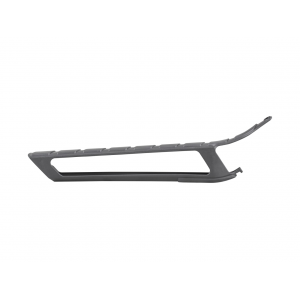
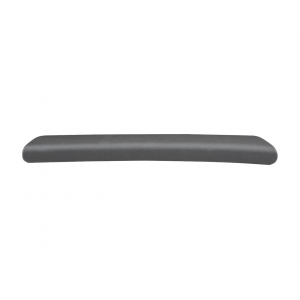
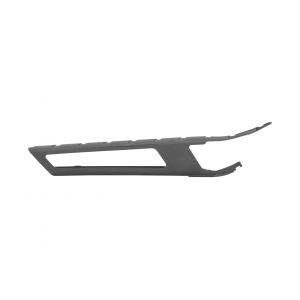
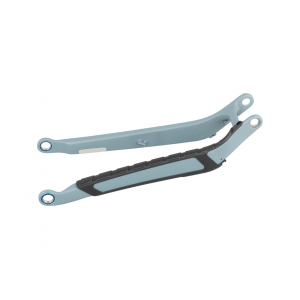
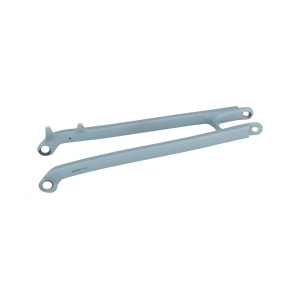
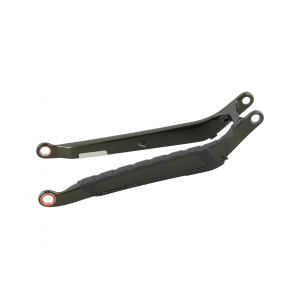
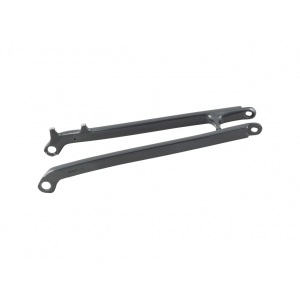
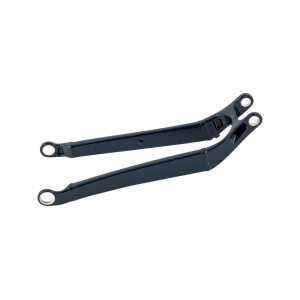

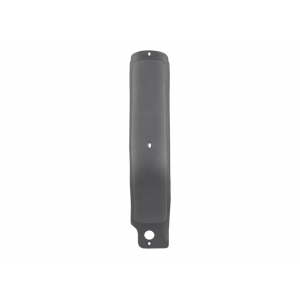
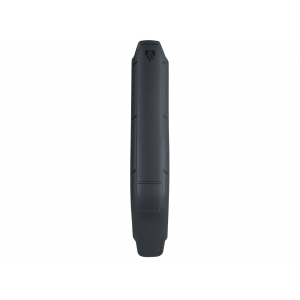
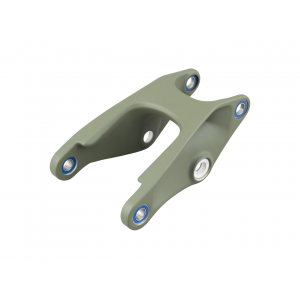
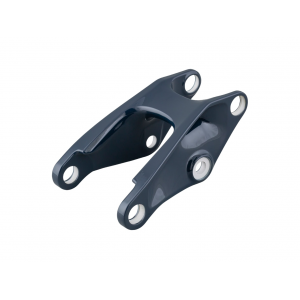


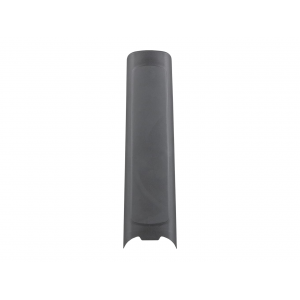
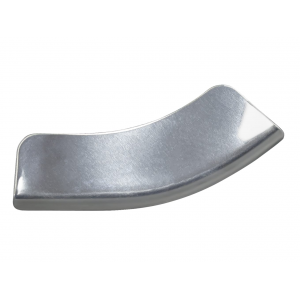
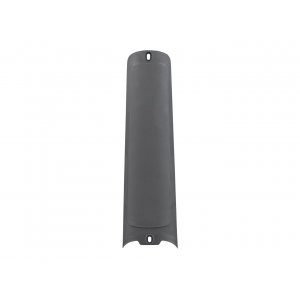
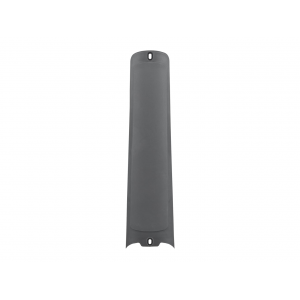

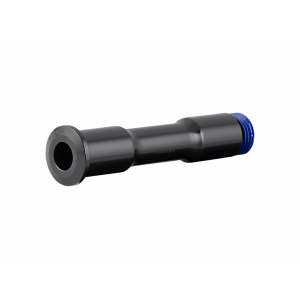
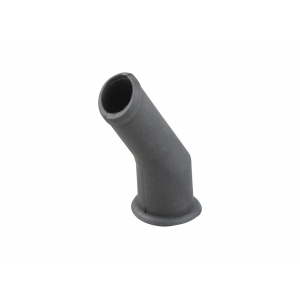
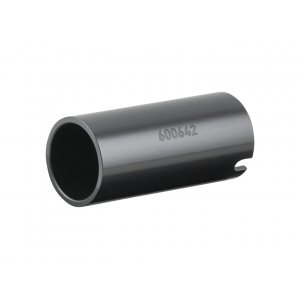
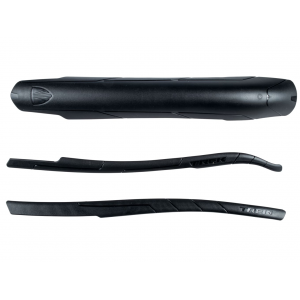
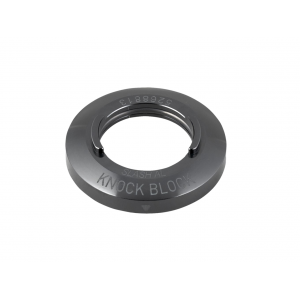
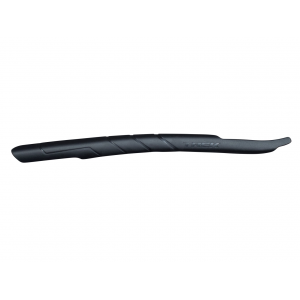

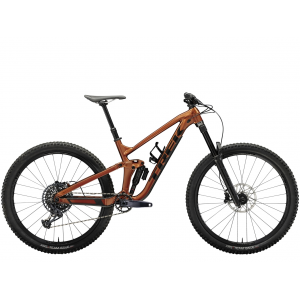
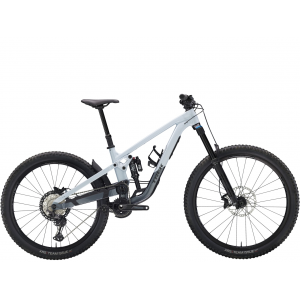
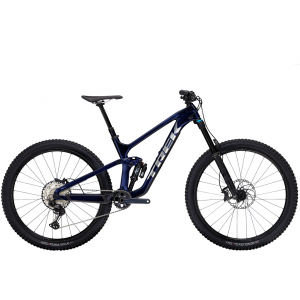
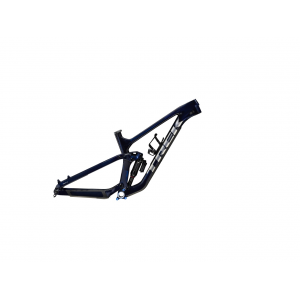
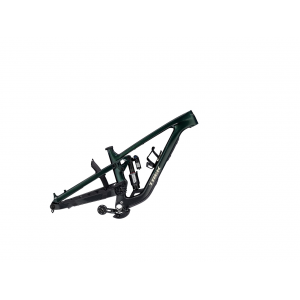
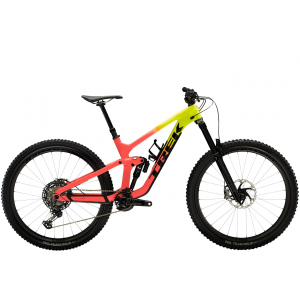
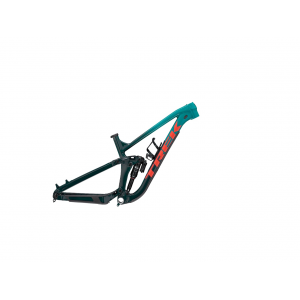
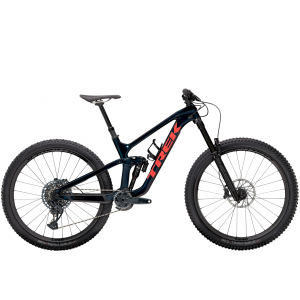
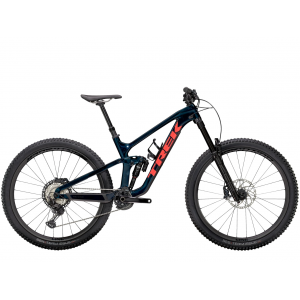
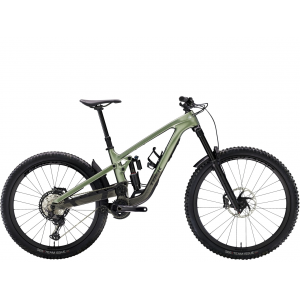
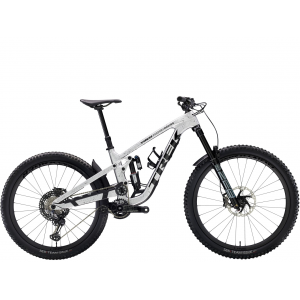
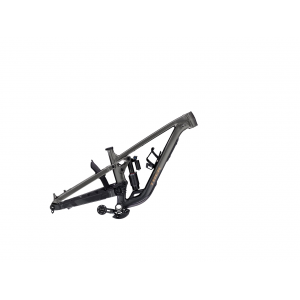
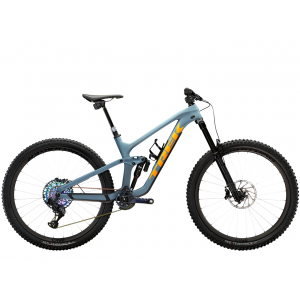
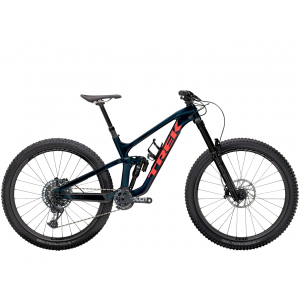
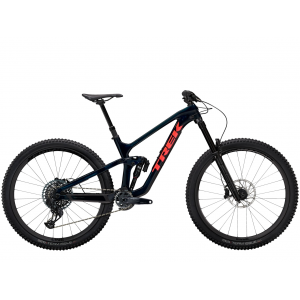
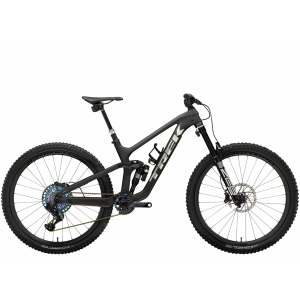
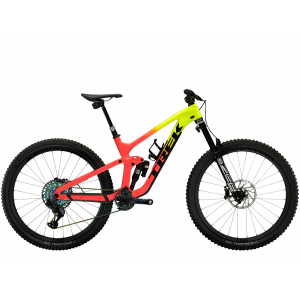

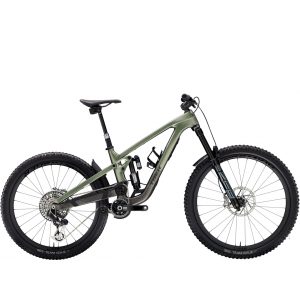
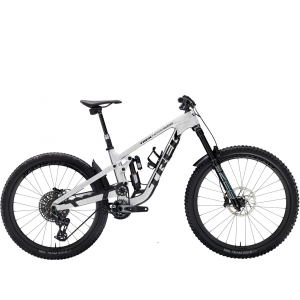
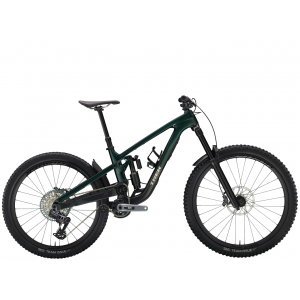
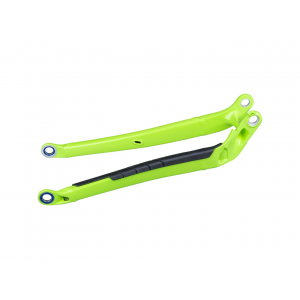
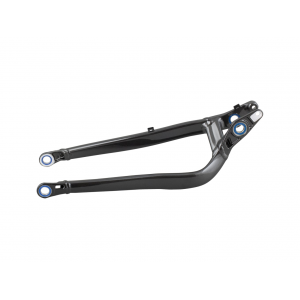
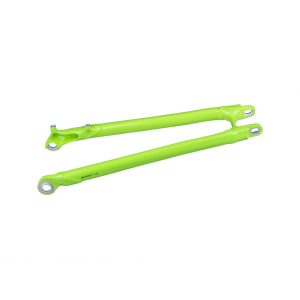
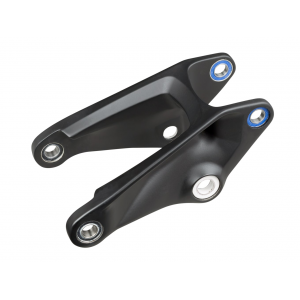
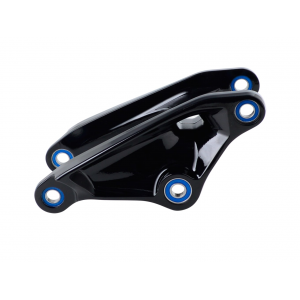
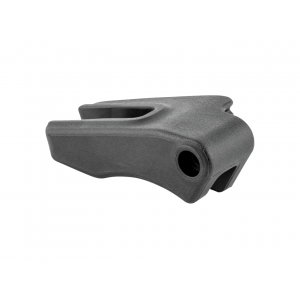
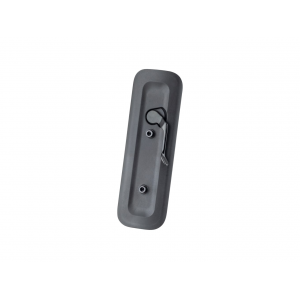

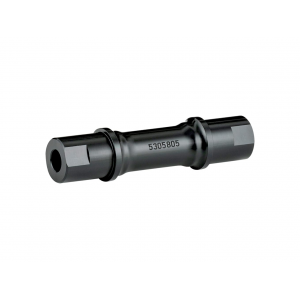
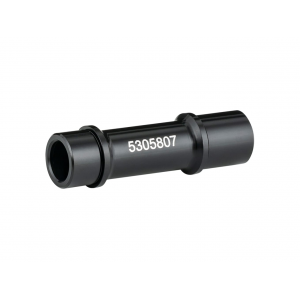
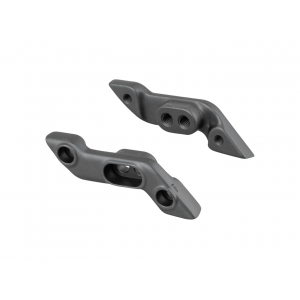



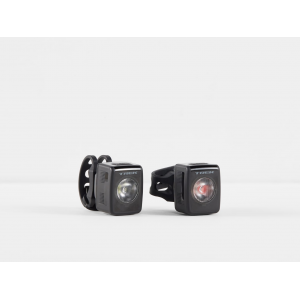







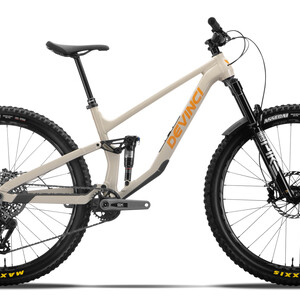








0 comments
Post a reply to: Tested: 2012 Trek Slash 9 - Begs To Be Pushed